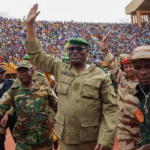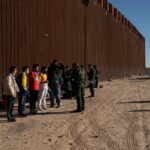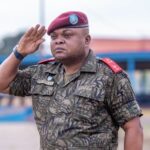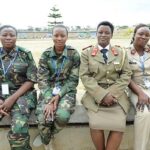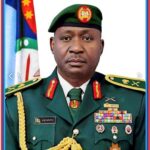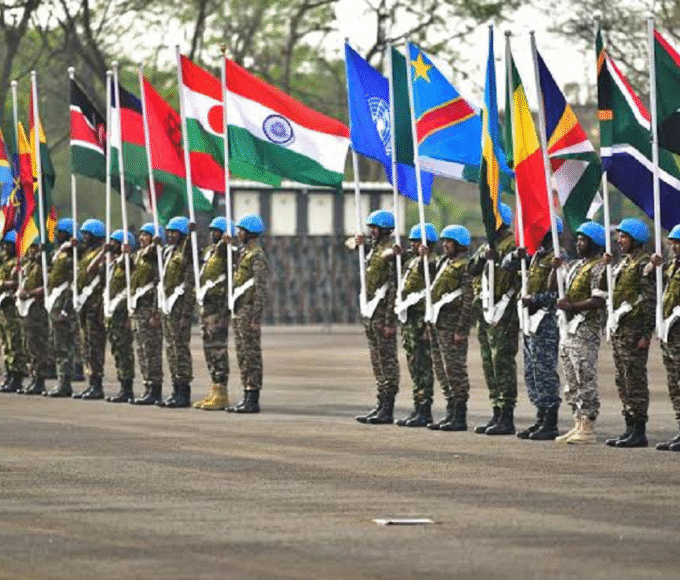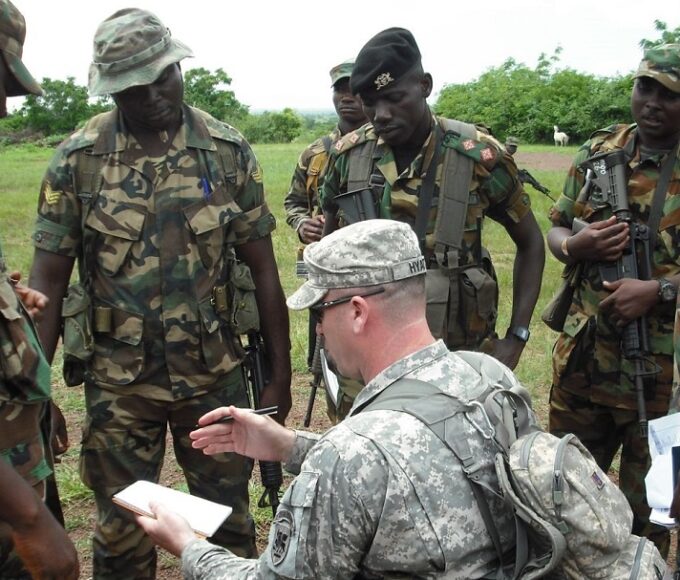General António Egídio de Sousa Santos: Forging Angola’s Military Power Through Legacy and Modernisation
Under his leadership, Angola’s armed forces have significantly upgraded their arsenal. The FAA possesses over 300 main battle tanks, 600 armoured vehicles, and a growing air fleet including Sukhoi Su-30 fighters and transport aircraft.
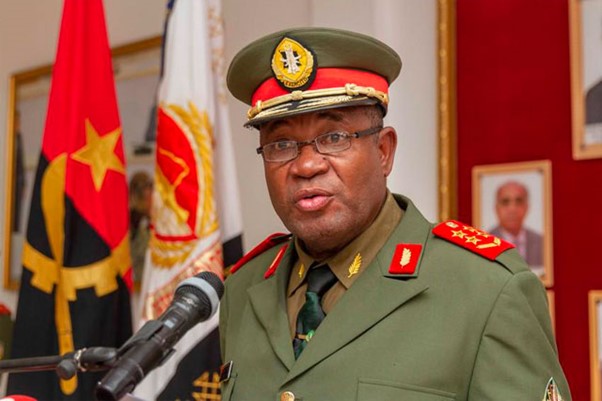
In the geopolitically strategic swath of Southern Africa, Angola is quietly but assertively reinforcing its place as a military heavyweight. Ranked 55th globally in the 2024 Global Firepower Index with a PowerIndex score of 0.8702, the country continues to invest in its defence posture while capitalising on the lessons of a long, hard-won peace. At the core of Angola’s defence evolution is General António Egídio de Sousa Santos, Chief of the General Staff of the Angolan Armed Forces (FAA)—a pragmatic leader steering one of Africa’s most disciplined militaries through a new era of capability and continental relevance.
Guardian of Post-War Sovereignty
Emerging from a brutal 27-year civil war, Angola’s military was forged in fire. Today, the Forças Armadas Angolanas (FAA) command more than 107,000 active personnel, a force that has transitioned from guerrilla resilience to conventional sophistication. General de Sousa Santos presides over this transformation with a dual lens: preserving national unity hard-earned through struggle, while preparing Angola for new roles in peacekeeping, regional defence diplomacy, and transnational threat management.
Angola’s substantial defence budget of approximately $3.5 billion reflects a deliberate shift toward modernisation and operational readiness. From air mobility to naval deterrence, the FAA’s strategic architecture has been recalibrated to meet both internal and regional security needs.
From Liberation Struggle to Strategic Command
General António Egídio de Sousa Santos is a product of Angola’s long journey from liberation movement to nationhood. With roots in the People’s Armed Forces for the Liberation of Angola (FAPLA), his military career embodies the ideological and operational shift that has characterised the FAA’s transition. Rising through the ranks with battlefield credibility and post-war administrative competence, he became Chief of the General Staff in 2018—a role demanding not just operational oversight, but visionary transformation.
Under his leadership, Angola’s armed forces have significantly upgraded their arsenal. The FAA possesses over 300 main battle tanks, 600 armoured vehicles, and a growing air fleet including Sukhoi Su-30 fighters and transport aircraft. The Angolan Navy—traditionally under-resourced—is receiving renewed attention, with patrol vessel acquisitions aimed at enhancing security along the country’s 1,600 km Atlantic coastline and safeguarding offshore oil infrastructure.
These improvements have come with a broader doctrine shift, as General de Sousa Santos pushes for interoperability, digital battlefield readiness, and enhanced officer training. Emphasis has also been placed on logistics modernisation and indigenous maintenance capability, reducing reliance on foreign contractors and extending the life-cycle of existing platforms.
General de Sousa Santos is a strong proponent of African-led security frameworks. Angola plays a vital role in the Southern African Development Community (SADC) Standby Force and has contributed to multilateral stability operations across Central Africa. From the Great Lakes to the Gulf of Guinea, he has underscored the importance of regional intelligence sharing, arms control, and coordinated responses to insurgencies and maritime crime.
Through joint military exercises with nations such as Brazil, Russia, and China, Angola under his direction is strengthening its defence ties while preserving a foreign policy of strategic autonomy.

Leading Through Discipline, Reform, and Restraint
While the FAA remains one of the largest and best-equipped forces in Central and Southern Africa, General de Sousa Santos continues to stress internal discipline and structural reform. His leadership has prioritised anti-corruption measures within the military procurement process, performance-based promotions, and enhanced military education—including expansion of Angola’s National Defence Institute.
He remains committed to ensuring that the military remains under firm civilian oversight, in line with Angola’s constitutional order and post-conflict stability.
In an increasingly volatile world, General António Egídio de Sousa Santos is charting a path that fuses historical vigilance with forward-thinking military development. His tenure marks not just the preservation of Angola’s hard-earned peace—but the forging of a defence institution prepared for 21st-century African and global realities.
Recent Posts
Categories
- Air & Aerospace15
- Border Security14
- Civil Security3
- Civil Wars4
- Crisis4
- Cyber Security4
- Defense15
- Diplomacy17
- Entrepreneurship1
- Events5
- Global Security Watch6
- Industry6
- Land & Army7
- Leadership & Training3
- Military Aviation2
- Military History27
- Military Speeches1
- Naval & Maritime8
- Resources1
- Security12
- Special Forces1
- Systems And Technology8
- Tech6
- Uncategorized3
- UNSC1
- Veterans6
- Women in Defence9
Related Articles
INDIA’S GROWING MILITARY PARTNERSHIPS WITH AFRICA
India’s engagement with Africa is undergoing a quiet but powerful transformation. What...
ByKing Richard Igimoh, Group Editor ALOOctober 14, 2025EVOLVING HORIZONS: TRAINING THE AFRICAN SOLDIER IN A CHANGING LANDSCAPE
The training of African soldiers has undergone a profound transformation in recent...
ByKing Richard Igimoh, Group Editor ALOOctober 2, 2025COLD WAR AFRICA: PROXY WARS AND THEIR IMPACT
The Cold War in Africa, spanning from the late 1940s to the...
ByKing Richard Igimoh, Group Editor ALOSeptember 26, 2025AI AND AFRICA’S MILITARY INTELLIGENCE: PROMISE AND PERIL IN A TRANSFORMING SECURITY LANDSCAPE
Africa’s military landscape is entering a new chapter, shaped by the rapid...
ByKing Richard Igimoh, Group Editor ALOSeptember 22, 2025

